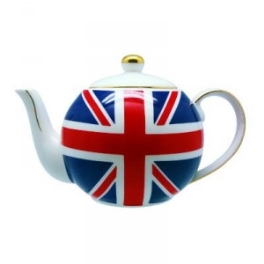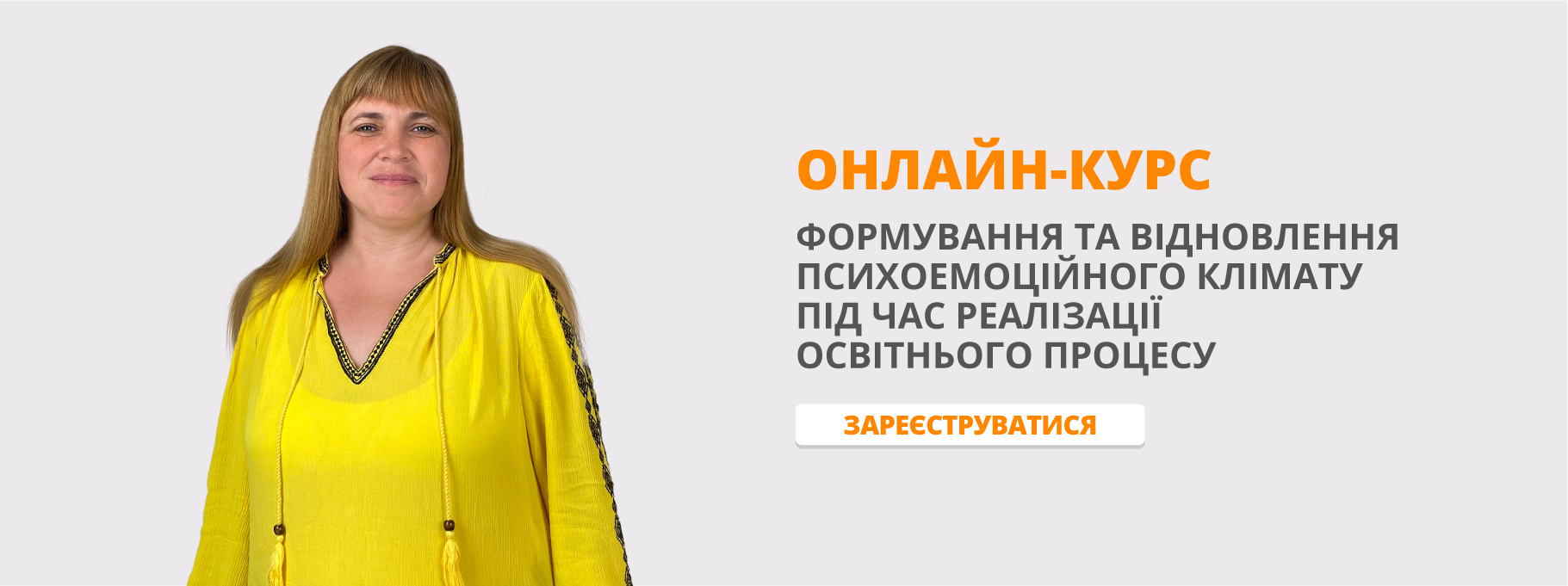Позакласний захід "Велика Британія"
Позакласний захід у 8 класі
Тема: Велика Британія
Мета: сприяти удосконаленню знань, умінь, навичок, набутих на уроках англійської мови, сприяти умінню учнів практикуватись у здійсненні усного спілкування, розширювати світогляд учнів; розвивати мовну здогадку, пізнавальні здібності; виховувати позитивне ставлення до вивчення англійської мови та формувати повагу до традицій країни, мову якої вивчаємо.
Обладнання: проектор, ноутбук, роз даткові матеріали, карта Великобританії та національні символи
Хід заходу
PART ONE
British Traditions (presentation2)
Representer: Britain is full of culture and traditions which have been around for hundreds of years. British customs and traditions are known all over the world. When people think of Britain they often think of people drinking tea, eating fish and chips and wearing bowler hats, but there is more to Britain then just those things. There are British traditions of sport, music, food and many royal occasions.
Parts of the United Kingdom of Great Britain and Northern Ireland (presentation2)
Pupil1:
The United Kingdom of Great Britain and Northern Ireland commonly known as the United Kingdom (UK) or Britain, is a sovereign state in Europe. The United Kingdom (UK) comprises four countries: England, Scotland, Wales and Northern Ireland.
London is the capital and most populous city of England and the United Kingdom. London is a leading global city, with strengths in the arts, commerce, education, entertainment, fashion, finance, healthcare, media, professional services, research and development, tourism, and transport all contributing to its prominence. London contains four World Heritage Sites: the Tower of London; Kew Gardens; the site comprising the Palace of Westminster,Westminster Abbey, and St Margaret's Church; and the historic settlement of Greenwich. Other famous landmarks include Buckingham Palace, the London Eye, Piccadilly Circus,St Paul's Cathedral, Tower Bridge, Trafalgar Square, and The Shard. London is home to numerous museums, galleries, libraries, sporting events and other cultural institutions, including the British Museum, National Gallery, Tate Modern, British Library and 40 West End theatres. The London Underground is the oldest underground railway network in the world.
Edinburgh is the capital city of Scotland, situated in Lothian on the southern shore of the Firth of Forth. It is the second most populous city in Scotland and the seventh most populous in the United Kingdom. Edinburgh is rich in associations with the past and has many historic buildings, including Edinburgh Castle, Holyrood Palace, the churches of St. Giles, Greyfriars and the Canongate, and an extensive Georgian New Town built in the 18th century. Edinburgh'sOld Town and New Town are jointly listed as a UNESCO World Heritage Site.
Cardiff is the capital and largest city in Wales and the tenth largest city in the United Kingdom. Cardiff is a significant tourist centre and the most popular visitor destination in Wales with 18.3 million visitors in 2010. In 2011, Cardiff was ranked sixth in the world in National Geographic's alternative tourist destinations.
Belfast is the capital and largest city of Northern Ireland. Today, Belfast remains a centre for industry, as well as the arts, higher education, business, and law, and is the economic engine of Northern Ireland.
Weather of Britain (presentation2)
Pupil2:
The weather very often changes in Great Britain. You can never have the same kind of weather for a long time. In spring, for example, sunshine and showers follow each other so often during the day that an umbrella or a rain-coat are really necessary in Great Britain. The weather in spring is generally mild, but sometimes the days are really cold. The summer is not so cold as on the continent, and warm days in autumn are beautiful. In winter they have all sorts of weather. Sometimes it rains and sometimes it snows. Still, in Great Britain it is never so cold in winter as in our country and they do not get so much snow there as we get here in Ukraine. The rivers and lakes are seldom covered with ice. As the ice, if there is any, is not thick enough, they seldom go skating on the rivers in Great Britain. But the worst thing about the climate in Great Britain is the thick fog they so often have in autumn and in winter. In London it often mixes with the smoke of plants and factories and they call it the “smog”. It is sometimes so thick that cars may run into one another.
Traditions and Customs in Britain (presentation2)
Pupil3:
British nation is considered to be the most conservative in Europe. It is not a secret that every nation and every country has its own customs and traditions. In Great Britain people attach greater importance to traditions and customs than in other European countries. Englishmen are proud of their traditions and carefully keep them up.
Christmas Day is celebrated in the United Kingdom on December 25. It traditionally celebrates Jesus Christ's birth but many aspects of this holiday have pagan origins. Christmas is a time for many people to give and receive gifts and prepare special festive meals. Many people spend Christmas Day with family members, with whom they exchange gifts and cards. Many children wake up to find a sock or stocking filled with small gifts on their bed or somewhere else in the house.
Boxing Day in the United Kingdom is the day after Christmas Day and falls on December 26. Traditionally, it was a day when employers distributed money, food, cloth (material) or other valuable goods to their employees. In modern times, it is an important day for sporting events and the start of the post-Christmas sales. For many people Boxing Day is a time to recover from the excesses of Christmas day and an opportunity to spent time with family, friends and neighbors. Some people choose to go for a walk in the countryside, while other flock to the post-Christmas sales in large stores that often begin on Boxing Day. Some people even spend part of the night and early morning queuing to get into the stores when the best bargains are still available.
Many Christians worldwide celebrate Easter with special church services, music, candlelight, flowers and the ringing of church bells. Easter processions are held in some countries such as the Philippines and Spain. Many Christians view Easter as the greatest feast of the Church year. It is a day of joy and celebration to commemorate that Jesus Christ is risen, according to Christian belief.
Halloween is usually celebrated amongst family, friends and, sometimes, co-workers. However, some areas hold large community events. Parties and other events may be planned on October 31 or in the weekends before and after this date. Adults may celebrate by watching horror films, holding costume parties or creating haunted houses or graveyards.
Many children dress up in fancy costumes and visit other homes in the neighborhood. At each house, they demand sweets, snacks or a small gift. If they do not get this, they threaten to do some harm to the inhabitants of the house. This is known as playing 'trick-or-treat' and is supposed to happen in a friendly spirit, with no nasty or mean tricks being carried out. However, if your children take part, it is important to accompany them and to check their 'treats' to make sure they are safe to eat or play with.
Five O’clock Tea (presentation2)
Pupil4:
English tea drinking traditions have a long history. Tea was brought to England in the seventeenth century by a Portuguese princess, who married king Charles II of England, and has been popular in the country ever since. Traditional tea time in English is late afternoon, when world-famous 5 o’clock tea is served. Five o’clock tea is a ceremony, a work of art. It is not only about a perfect combination of the tablecloth, the napkins, the flowers, the vases and the tea set, it means a certain way of behaving and talking too. But tea is also drunk in the morning and during the day because the English believe it to be healthy and refreshing. Tea is traditionally served with lemon or milk. Tea used to be drunk black without anything in it, but as people became more in a hurry they added milk to drink it more quickly. It is possible that milk was used to cool the tea down when the hostess did not want to have her guests for too long. Another explanation of milk in tea is the fear to break the delicate porcelain that tea cups were made of. Real porcelain does not normally break but early examples of British porcelain cups sometimes fell apart. Because porcelain was very expensive at that time, it was safer to put in some milk first to reduce the temperature of the tea so the cups did not break. This is how the habit of putting milk in tea remained.
PART TWO
- Game “Fact or fiction” (presentation1, materials for teacher)
Listen to the following statements about British people. Is it fact or fiction? Try to guess. Take a stand and explain your position
-
 “We love tea, especially afternoon tea”
“We love tea, especially afternoon tea”
- “We love to queue”
- “We love talking about the weather”
- It rains every day
- “We’re all posh and live in large manors”
- “We wear top hats and tails (or kilts)”
- “We all play cricket”
- “We all had nannies and au pairs”
- “We all have pale skin”
- “We have stiff upper lips”
( 1) Fact; 2) Fact; 3) Fact; 4) Fiction (mostly); 5) Fiction; 6) Fiction; 7) Fiction; 8) Fiction; 9) Fact; 10) Fiction.)
- Quiz on Britain (presentation 3)
- Summarizing
- Saying Good Bye


про публікацію авторської розробки
Додати розробку
